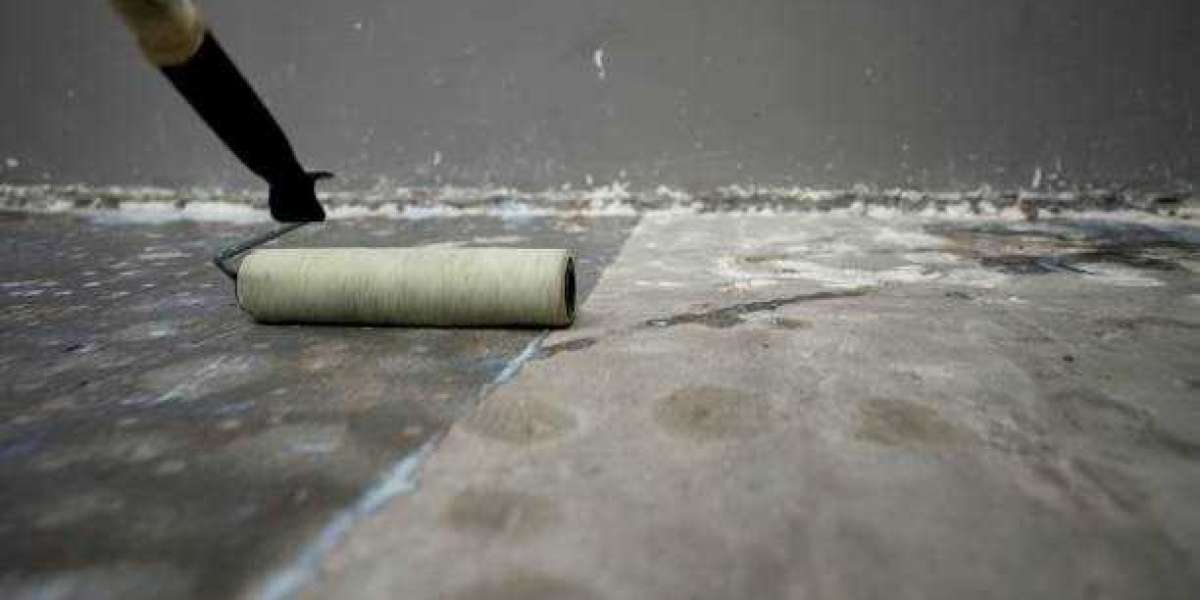Every concrete structure, whether part of a driveway or a multi-level parking facility, is constantly exposed to environmental pressure. Rain, sunlight, de-icing salts, vehicle fluids, and seasonal temperature swings slowly break down the surface. Applying a concrete sealant offers a proactive solution, forming a barrier that stops decay before it begins. This simple step strengthens the lifespan of concrete installations, making it a necessary practice for both property owners and construction professionals.
How Sealing Preserves Structural Strength
Concrete is not fully waterproof on its own. Its inner capillaries absorb liquid, which eventually causes expansion, cracking, and surface separation. A concrete sealant fills those gaps and keeps contaminants out. This protects foundations, walkways, machine floors, and decorative surfaces from chemical corrosion and weather damage. When projects also integrate waterproofing, the protection goes deeper, stopping water-based deterioration at both surface and sub-surface levels.
Sealant Categories and Their Benefits
Penetrating sealants are popular for outdoor slabs because they allow the surface to retain a natural appearance while still resisting moisture. Film-forming sealants, on the other hand, create a solid layer on top that resists chemicals and provides a smoother finish. The right choice depends on the environment, traffic volume, and expected lifespan of the concrete. Regardless of type, many contractors add waterproofing to support structures located in basements, retaining walls, or regions with frequent storms.
Advantages in Residential and Commercial Applications
Once sealed, the concrete is much easier to maintain. Oil drips on garage floors or food spills on patios can be wiped away without penetrating the slab. In industrial facilities, the lack of dusting improves air quality and reduces cleaning labor. Parking structures gain resistance to salt damage carried in by winter vehicles. A concrete sealant also reduces color fading and protects stamped or stained finishes. The combined use of waterproofing ensures water cannot migrate through micro-cracks, protecting reinforcing steel from rust and saving future repair costs.
Proper Application for Long-Term Results
Before sealing, loose particles, mold, and old coatings must be removed using power washing or grinding. The surface should sit untouched until thoroughly dry. Once ready, the sealant is applied using a sprayer or roller in thin, even layers. Drying time varies by product, but most require a short cure period before foot or vehicle traffic resumes. When waterproofing is part of the preparation, joints and corners receive extra attention because they are the most vulnerable to water intrusion.
Places That Require Sealing the Most
Sidewalks exposed to winter salt, patio areas around pools, foundation walls below ground level, and industrial floors affected by forklift movement are among the top candidates. A concrete sealant extends the functional life of these surfaces. Waterproofing is frequently added for retaining walls, basements, and outdoor structures, where soil moisture or rainfall could otherwise seep inside and weaken the core.
Long-Term Value and Budget Benefits
Investing in prevention always costs less than repairing damaged concrete. Sealants reduce surface spalling, rust expansion, and replacements caused by deep fractures. Businesses save on maintenance downtime, while homeowners gain long-lasting curb appeal. Adding waterproofing multiplies the return because it blocks the main cause of hidden structural decay: trapped water. The combined strategy delays expensive repair cycles and supports building safety.
Technology Improvements in Today’s Sealants
Recent generations of sealants are designed with fast drying times, low odor levels, and eco-friendly ingredients. Some solutions resist UV rays to prevent yellowing, while others include slip-resistant particles for safer walkways. Breathable formulas let vapor escape, preventing internal pressure buildup. As sustainability becomes a building priority, choosing an updated concrete sealant is now seen as part of responsible construction planning rather than a cosmetic upgrade.
Conclusion
Sealing concrete is one of the most effective ways to protect against weathering, staining, and structural weakening. A concrete sealant builds a barrier that improves safety, reduces cleaning effort, and maintains surface strength for many years. When paired with waterproofing, the material gains superior resistance to internal moisture damage, making it suitable for nearly any climate or structure type. Proper sealing not only extends lifespan but also reduces costs, proving that prevention is always more efficient than repair.








